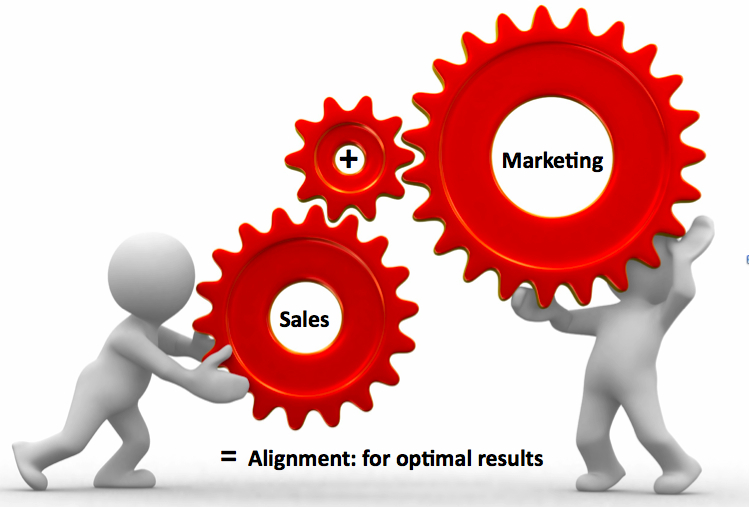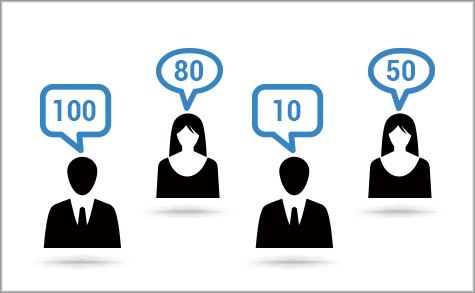1. Coupons and offers:
Discounts on the existing prices can prove to be the most effective lead magnets because consumers can easily price-shop for products. You can offer coupons and enticing discounts on your products and services so as to generate leads.

2. Loyalty programs:
Loyalty programs are structured marketing strategies designed by merchants to encourage customers to become long term customers and to continue using the services of businesses associated with each program. These programs cover most types of business, each one having varying features and rewards schemes. In marketing a loyalty card, rewards card, points card, advantage card, or club card is a plastic or paper card, visually similar to a credit card, debit card, or digital card that identifies the card holder as a member in a loyalty program.

3. Free reports:
Free reports include whitepapers, e-books, articles, and guides in the form of lead magnets. Your aim should be to provide compelling information to make a valid value exchange between your prospect and your business.

4. Webinars:
Webinars are educational, informative or instructional presentations that are made available online, usually as either videos or audios with slides. Since webinar attendees connect online, they can use Internet-based technologies to like communicating through instant messaging, file sharing, using a whiteboard collaboratively and interacting through social media sites in order to enhance the experience.

5. Podcast:
Podcast refers to an episodic series of digital media files which a user can set up so that new episodes are automatically downloaded via web partnership to the user’s local computer or portable media player. The distributor of a podcast maintains a central list of the files on a server in the form of a web feed that can be accessed through the Internet. Files are stored locally on the user’s device such that it can be used even if he/she is offline.























































































